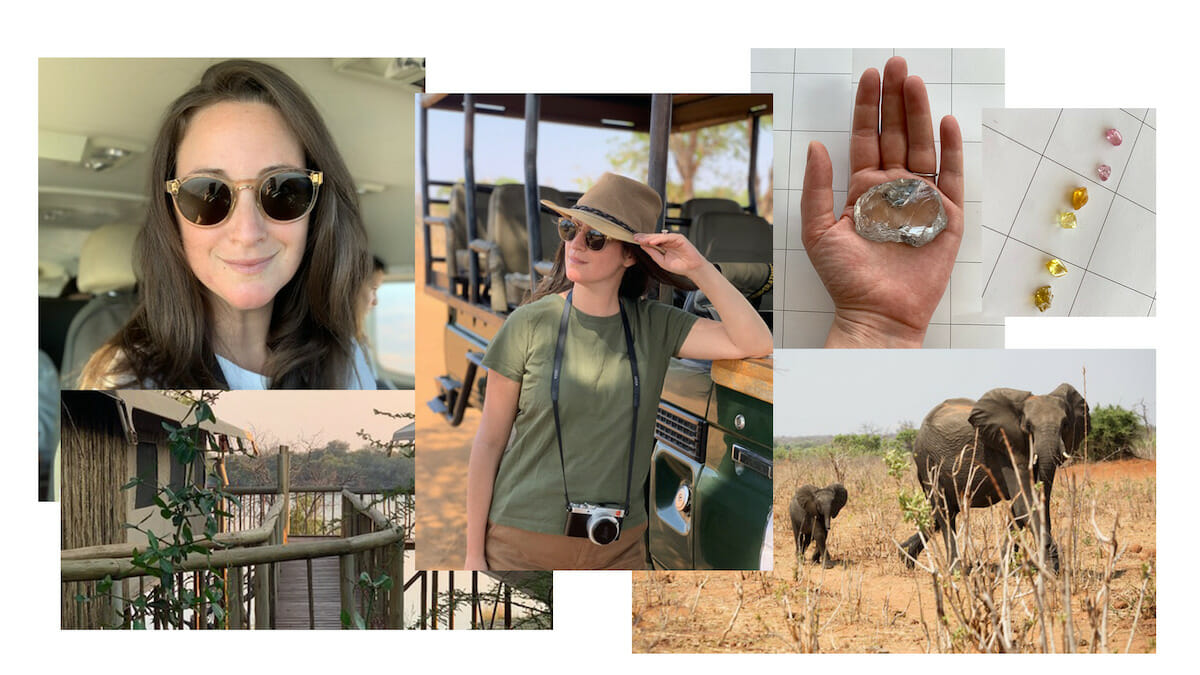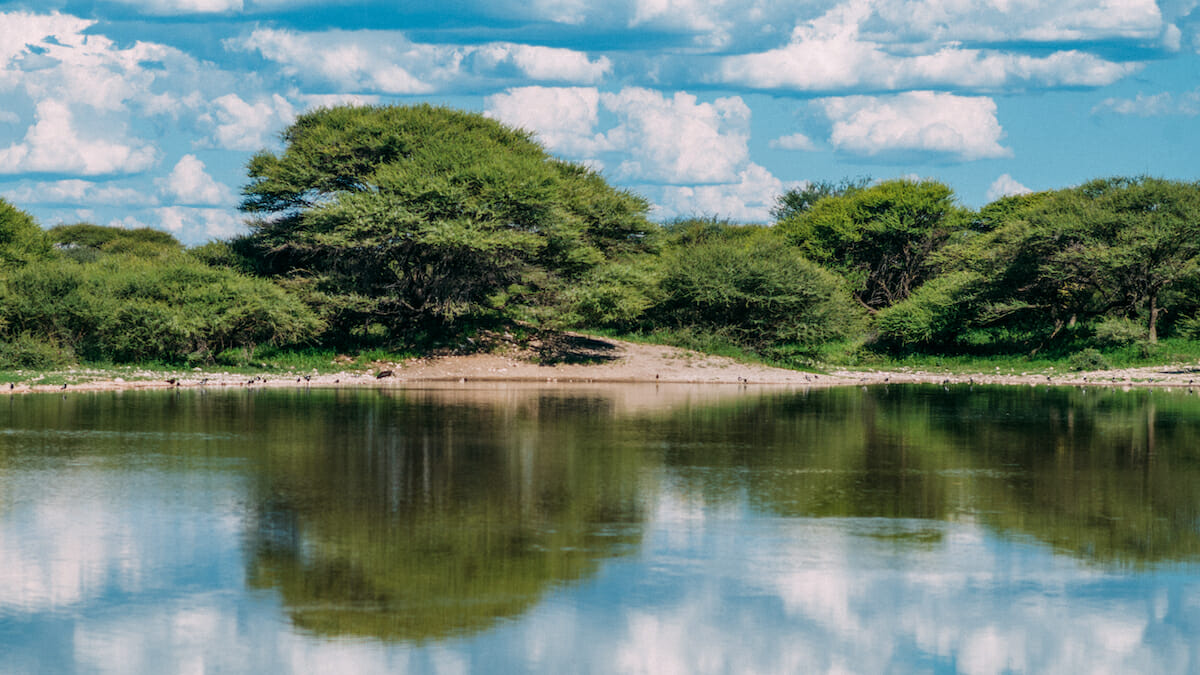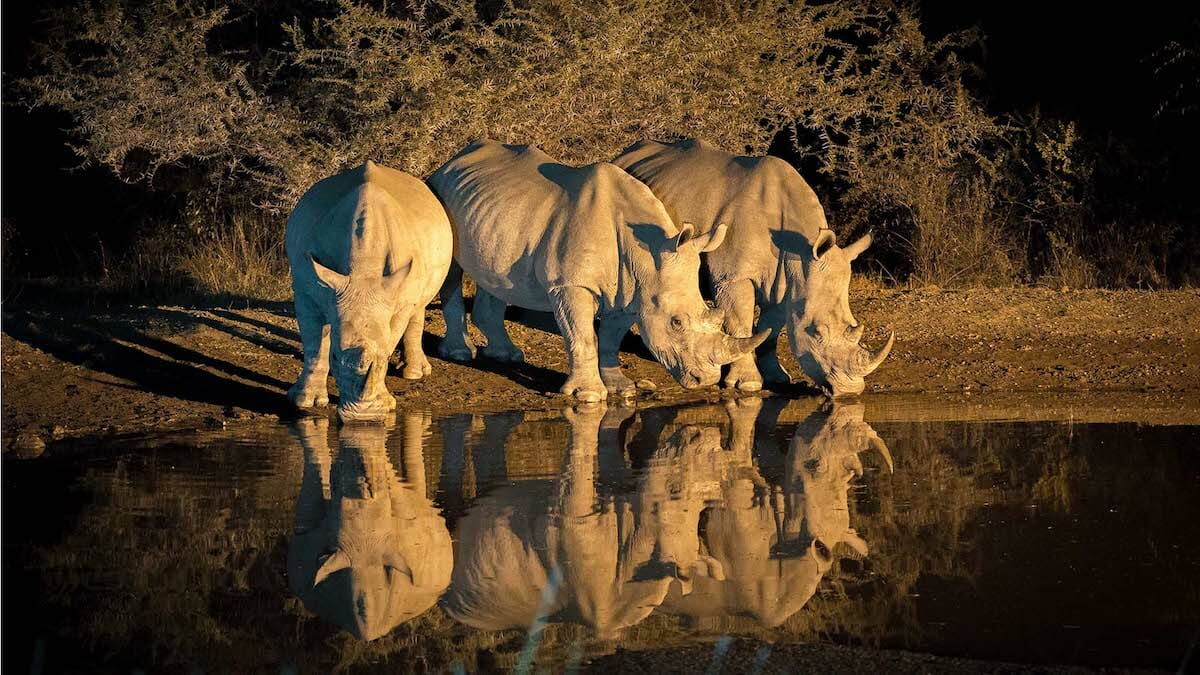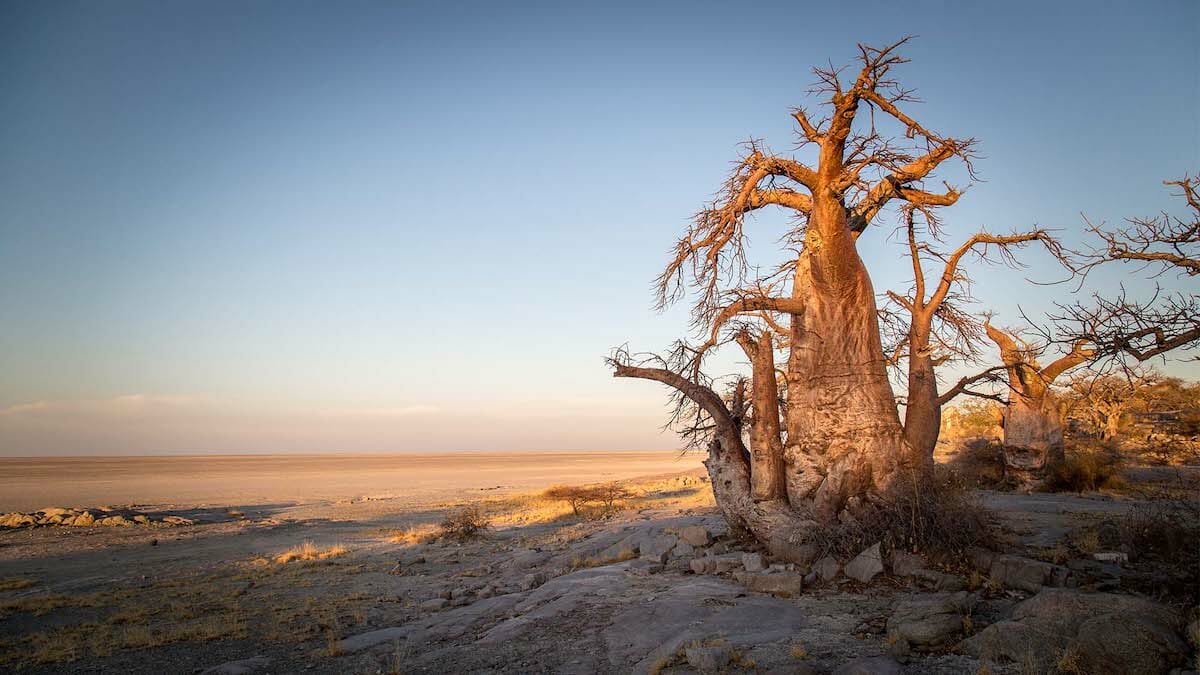The Botswana Trip That Inspired Hollywood Stylist Micaela Erlanger

In 2019, I set off on a trip I will remember for the rest of my life, traveling across Botswana to explore the world of natural diamonds. But, before we get there, let’s rewind so I can explain a little more about where I’m coming from.
I’ve been a stylist for over a decade now, starting out in 2008. Working with Hollywood stars means the spotlight is guaranteed to fall on them, so what they’re wearing – and the ethics behind it – is key. While the conversation around sustainability in the fashion industry is currently louder than it’s ever been, at the start of my career, there was considerably less noise. However, asking the brands I work with where they source their product has always been an essential part of my process, particularly when it comes to jewelry.
As the eco-conscious discussion continues to evolve, I decided it was time to take my learnings to the next level.

A Diamond Mine Education
First stop: Botswana. My journey began on a scarily small plane, heading towards one of the world’s largest diamond mines, Orapa, which is jointly owned by De Beers and the Government of Botswana.
The country presents a shining example of the incredible work that can be done via ethical diamond mining, with the right people involved.
I’d read extensively around the subject, but seeing it first hand was something else. From a technical point of view, observing every detail of the diamond mining process was an education. It was fascinating to see what kimberlite rock looks like in its natural form, to see the earth it comes from and the transformation from raw material to precious stone.
Then there’s the social and environmental sustainability impact, which was far more profound than I had anticipated. The focus extends way beyond the product, to ensure that Botswana’s communities thrive as a result of the industry. Funds are used to support local schools; to train skilled diamantaires who hand-select and cut the stones; and to implement the conservation of African wildlife.
The Link Between Diamonds And Conservation
Diamonds, conservation, and sustainability come together in a pretty special way on The Diamond Route: a collection of eight biodiversity conservation sites and nature reserves, owned and managed by De Beers and Debswana. Stretching 200,000 hectares across southern Africa, the route is a blueprint for successful land protection, plus a unique resource for students, scientists and academics.
From a tourist’s perspective, Orapa and Jwana Game Park – two of The Diamond Route conservation sites in Botswana – provide an unparalleled opportunity to explore and learn from this diverse landscape. De Beers has also set up a live stream at one of The Diamond Route nature reserves – the best time to spot animals on camera is mid-morning!

The government’s careful stewardship means that much of the revenues from diamonds are retained within the country, meaning not only do Botswana’s communities thrive, but it can support conservation beyond the Diamond Route. During my trip, we visited Jackalberry Lodge by the Chobe river where we were lucky enough to see two particularly special moments: a water buffalo being killed by a lion; and a white rhino mother and her baby. It was wild to see the circle of life in such close proximity. Knowing that these animals are so endangered, to see them thriving in their natural environment was phenomenal and a privilege to witness.
The experience gave me so much respect for the conservation and sustainable development work that De Beers is supporting. Above all, it really highlighted the positive impact that our purchasing power can have if we back the brands that are doing diamonds the right way.
The Future Of Ethical Diamonds
Making conscious choices is non-negotiable for the future of the fashion industry. Diamond brands continue to work hard to ensure ethical standards of excellence across the board. But what we are perhaps less aware of as consumers are the far-reaching positive effects that natural diamond mining can have.

The great news is that many – from brands to designers, stylists to A-listers – are starting to take responsibility for their impact, and to recognize their own power to create positive change. Every time I discover and research a new designer, I find that they are increasingly transparent and really doing the work.
For me, the trip to Botswana solidified my decision in choosing De Beers Forevermark as the right partner for my jewelry collection – it was educational, it was informative, it was inspiring, it was extraordinary. Everything I learned, felt and saw was put into the design and creation of the collection. I’m proud to know the provenance of the diamonds and to understand how they play their part in a more sustainable future.
Forevermark x Micaela, a bridal jewelry capsule collection featuring timeless, modern diamond engagement rings and wedding bands set in platinum, is available from select De Beers Forevermark retailers in the US and on Nordstrom.com
Follow De Beers Forevermark and Micaela Erlanger on Instagram @forevermark @micaela
